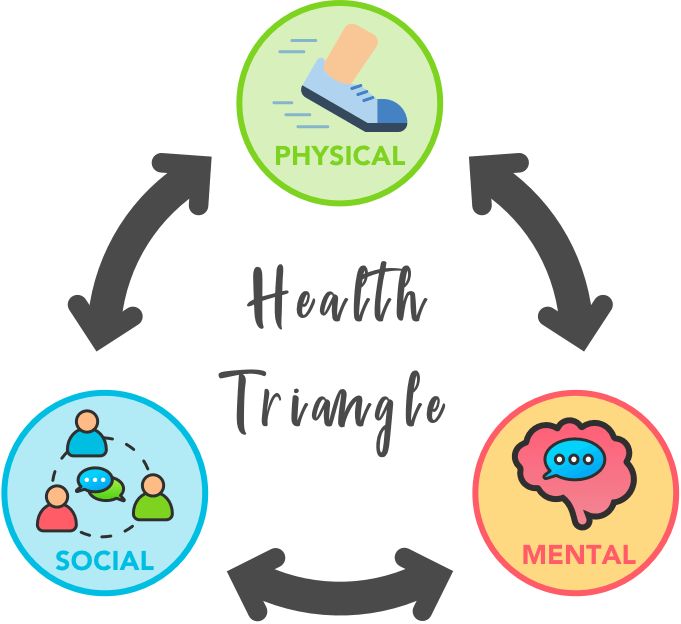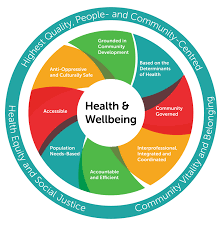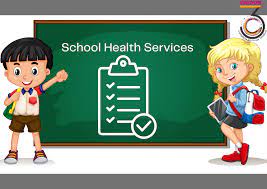Introduction
In today’s fast-paced and increasingly complex society, promoting wellbeing in schools has become a top priority for educators, parents, and policymakers. Ensuring that students are healthy, happy, and resilient is not only essential for academic success but also for their overall development and preparedness for life.
This article aims to discuss the various ways schools can make the links to promote wellbeing among their students and foster a supportive environment that encourages holistic growth.
1. Encourage Physical Activity
Physical exercise has numerous benefits for mental and emotional wellbeing. Schools can promote physical activity by offering a variety of sports, fitness programs, and recreational opportunities. Encouraging students to participate in these activities creates a strong foundation for healthy living and offers an outlet to release stress and build self-confidence.
2. Foster Social Connections
Strong social connections have significant impacts on an individual’s wellbeing. In a school setting, promoting a sense of belonging helps students develop interpersonal skills and forge lasting relationships. Schools can create opportunities for peer interaction through extracurricular activities, group projects, and mentorship programs. By nurturing healthy social connections, students will be more likely to feel supported both academically and emotionally.
3. Prioritize Mental Health Support
Studies show that mental health plays a crucial role in overall wellbeing, particularly in stressful environments like schools. Providing accessible mental health services such as counseling or therapy helps students manage stressors in their lives better and builds resilience. It is essential to create preventative policies that address systemic issues contributing to anxiety or depression among students.
4.Encourage Mindfulness Practices
Mindfulness promotes emotional regulation, enhances concentration, and overall improves psychological well-being. Integrating mindfulness practices like meditation or yoga into the school curriculum can provide students with much-needed tools to cope with daily stressors both inside the classroom and out.
5. Build Emotional Intelligence
Emotional intelligence (EQ) is an essential skillset for managing emotions, showing empathy, and navigating social situations. Schools can develop EQ by implementing social-emotional learning (SEL) programs that grow emotional awareness among students. Students with high EQs are more likely to experience better overall wellbeing, academic success, and positive relationships with peers.
6. Collaborate with Parents
Collaboration between schools and parents is vital in creating a supportive environment for students. Establishing open communication channels, engaging parents in school events, and educating them on best practices for promoting wellbeing ensures that the message reaches home.
7. Incorporate Nutrition Education
Proper nutrition plays a significant role in a student’s physical and cognitive development. Schools can incorporate nutrition education into their curriculum, ensuring students understand the importance of maintaining a balanced diet. Providing healthy meal options also contributes to better overall wellbeing.
Conclusion
Promoting wellbeing in schools requires a multifaceted approach that considers every aspect of student life. By making the links between physical activity, social connections, mental health support, mindfulness practices, emotional intelligence development, parent collaboration, and nutrition education, schools can create an environment where students thrive academically as well as emotionally and physically. The commitment to student wellbeing will not only benefit individuals but also foster a healthier and more resilient future generation.










